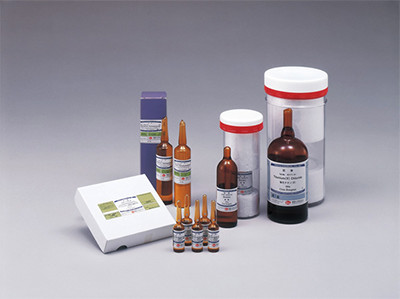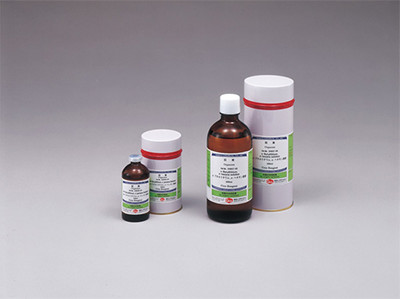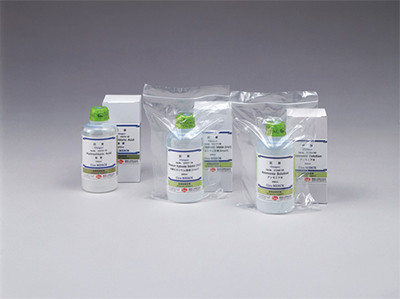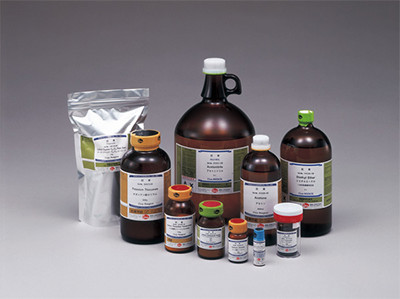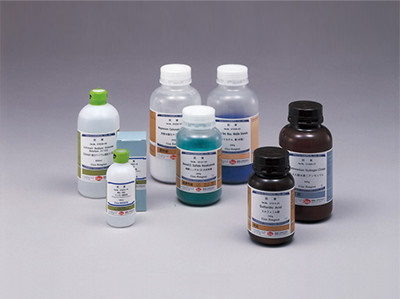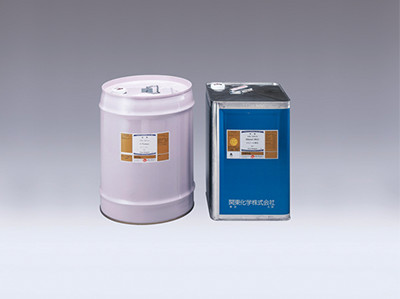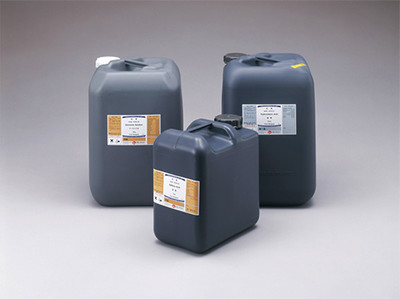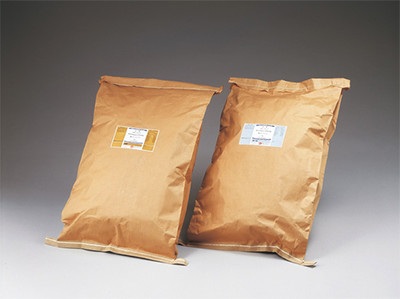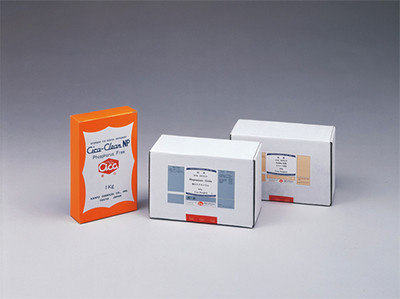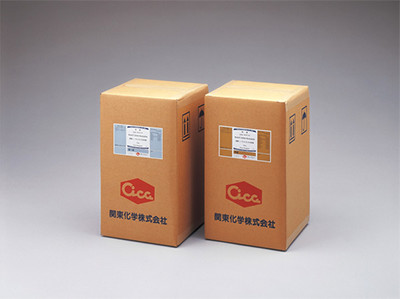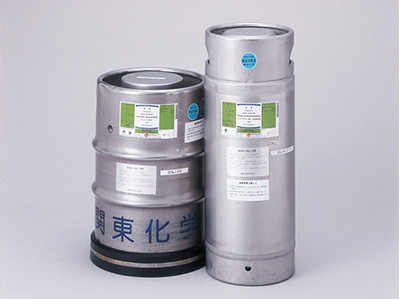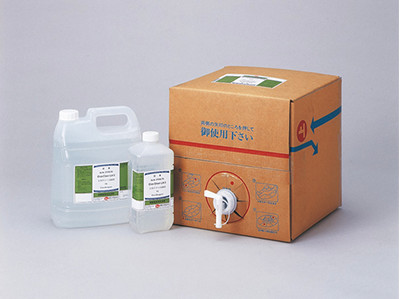Guide to the catalog
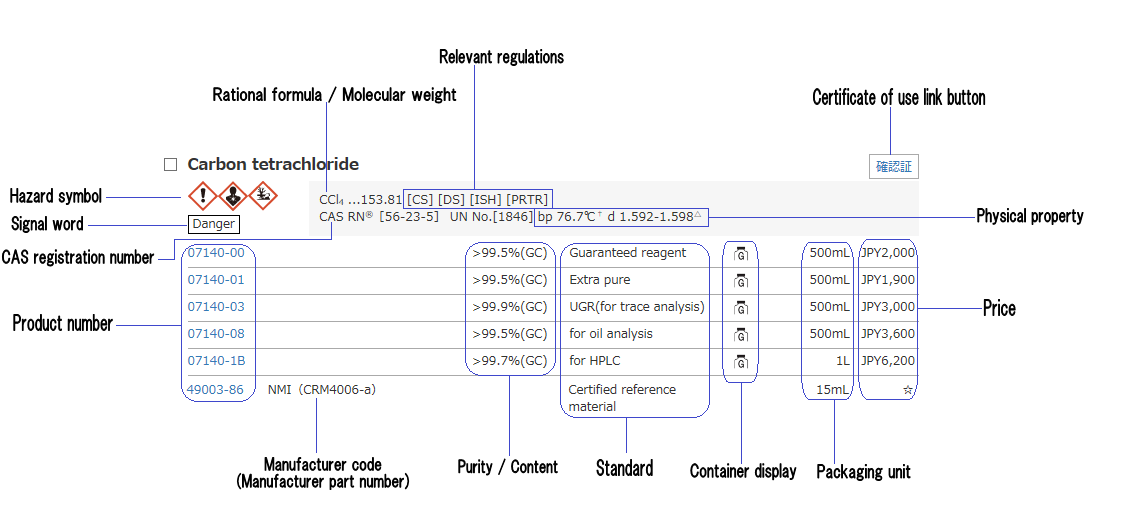
- Listed prices are subject to change due to a change in raw materials or an increase of cost.
Standard grades and assurance levels are also subject to change due to a change in JIS or other reasons. - Please contact your nearest dealer for your ordering and ordering information,
To be exact, you are requested to use our product No. for your ordering. Please contact your dealer, our export department or overseas offices for your quotation. - Synthesis of reagents not listed in the catalog may be accepted.
Since many reagents have specific properties, no return of merchandise please. - All reagents listed are of experimental and research use only.
- Many reagents and chemicals do not provide sufficient chemical information particularly about harmfulness.
Even if there is no indication of hazards and safety, please follow general rules for handling chemical substances.
Information on safety
The safety label and the Kanto Catalog provide the first source of information for the safe handling of reagents. Hazardous goods in the catalog are marked with hazard symbols according to the Japanese regulations and GHS. However anyone handling reagents should always observe following safety rules even if a label carries no hazard warning.
- Always ware eye protection; ware gloves whenever possible.
- Work in a well ventilated area.
- Avoid contact with skin, eyes and mucous membranes.
- Be sure to seek medical advice in the event of accident or feeling unwell.
GHS symbols
The following hazard symbols are the standard symbols which should be used in the GHS.
| Symbol mark | 有害性情報と危険有害クラス |
|---|---|
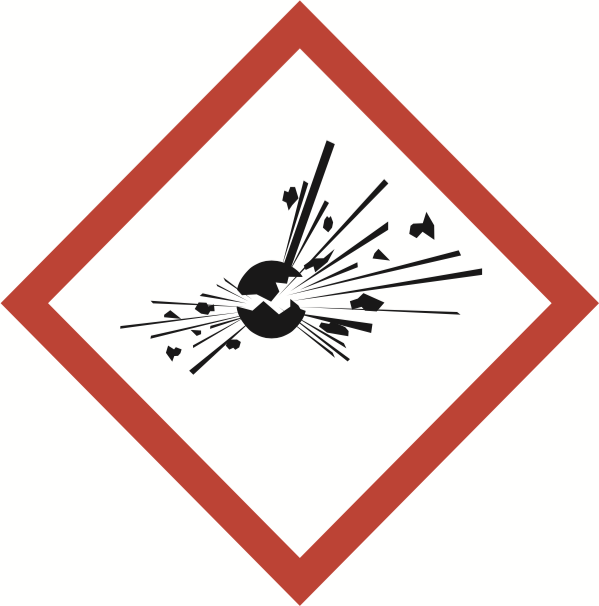 |
May cause explosion exposed to heat, or spark.
|
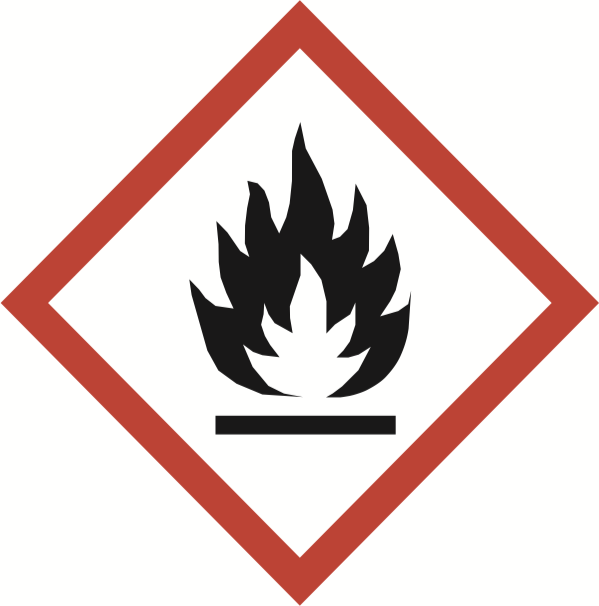 |
May cause ignition exposed to air, heat, or spark.
|
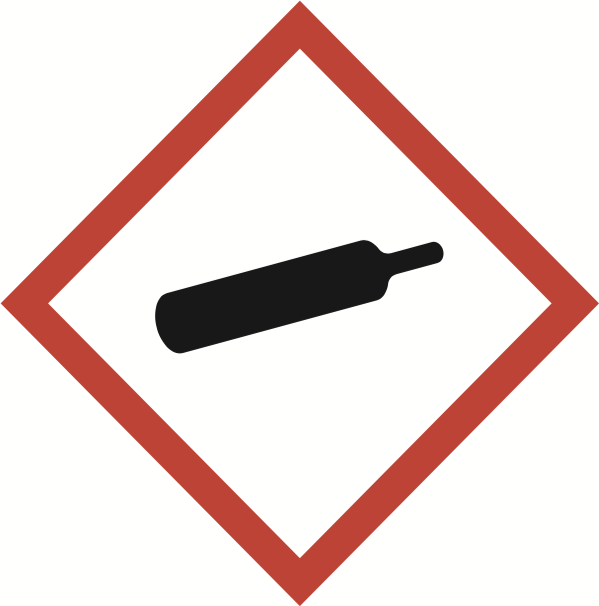 |
The pictogram indicates gases under pressure, which are contained in a receptacle compressed or liquefied. May cause explosion due to expansion if heated.
|
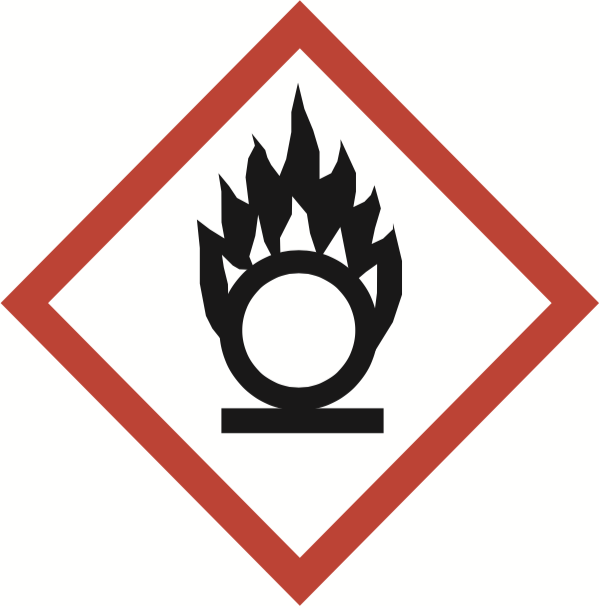 |
May contribute to the combustion of other material.
|
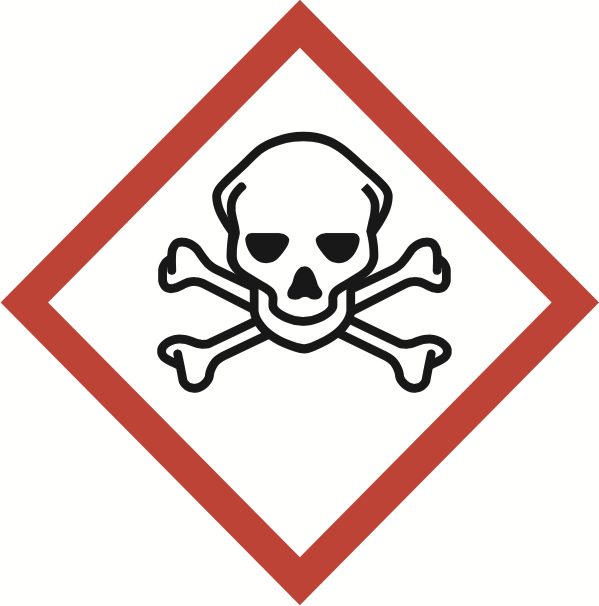 |
May fatal due to the acute health hazards if swallowed, contacted, or inhaled.
|
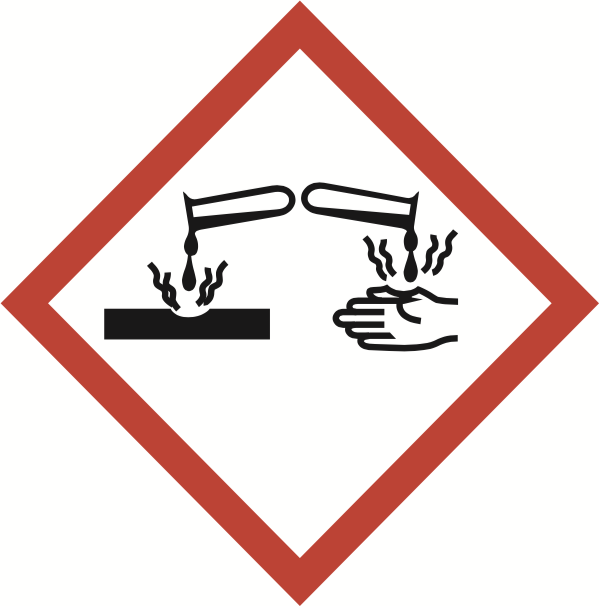 |
May cause corrosion to metals or skin in contact with metals or skin.
|
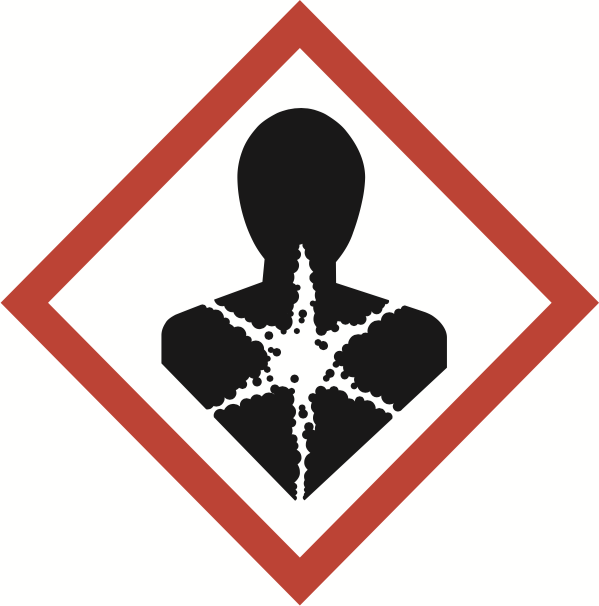 |
May cause health hazards if swallowed, contacted , or inhaled in a short or long term.
|
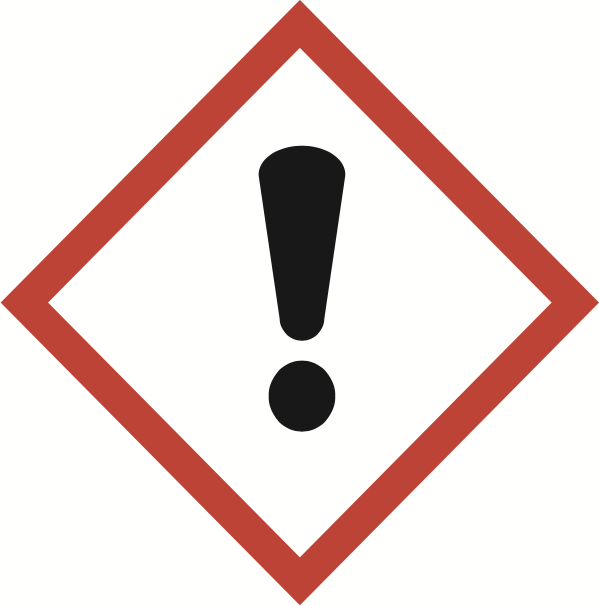 |
Cause health hazards by acute toxicity, skin irritation, eye irritation, skin sensitization, airways irritation, or anesthetic action.
|
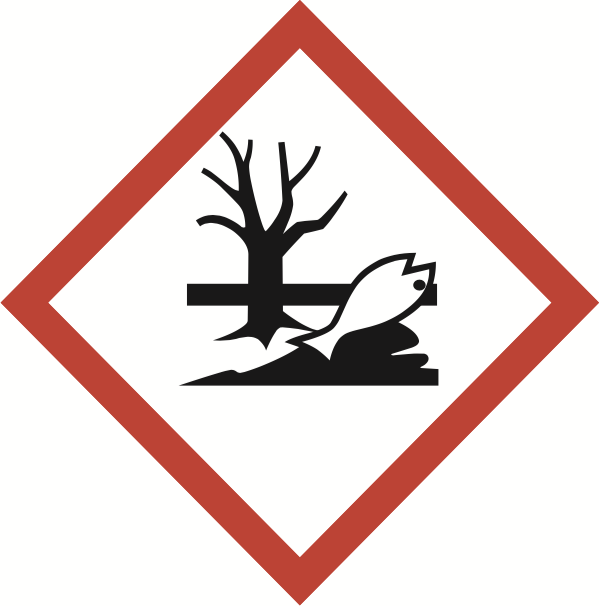 |
May have a harmful effect on the aquatic environment (an aquatic organism and its ecosystem) if released in the environment.
|
Products name
Product name conforms to the IUPAC compound nomenclature method, and it has made it the main name in consideration of idiomatic name etc.
Labeling of Products subject to related laws and regulations
| Labeling | Contents |
|---|---|
| [FS] | Hazardous Materials of Fire Service Act |
| [SPS] | Poisonous Substances in Poisonous and Deleterious Substances Control Act |
| [DS] | Deleterious Substances in Poisonous and Deleterious Substances Control Actt |
| [ISH] | Organic Solvents, Specified Chemical Substances, Lead Compounds, Hazardous Substances to be indicated/notified in terms of Whose Names,etc. in Industrial Safety and Health Act |
| [CS] | Specified Chemical Substance in Act on the Evaluation of Chemical Substances and Regulation of Their Manufacture, etc. |
| [Mutagen] | Existing Chemical Substance and New Chemical Substance showing strong mutagenicity |
| [NP] | Psychotropics in Narcotics and Psychotropics Control Act |
| [PRTR] | Designated Chemical Substances in Act on Confirmation, etc. of Release Amounts of Specific Chemical Substances in the Environment and Promotion of Improvements to the Management Thereof |
| [CW] | Specific Chemicals in Act on the Prohibition of Chemical Weapons and the Regulation of Specific Chemicals |
| [PMD] | Pharmaceuticals specified in The Law on Securing Quality, Efficacy and Safety of Products Including Pharmaceuticals and Medical Devices |
| 確認証 | Confirmation: According to related laws and regulations, confirmation is required at the time of ordering. |
Indicative formula & Molecular weight
For obvious products of the structure, we display molecular formulas or molecular formulas followed by molecular weight based on the atomic weight table.
Physical property value
Basically, it describes physical property values such as melting point, boiling point, specific gravity etc. by information of literature etc. please note that the description may be different for each product.
Purity & Content
The purity / content indication of each products are in principle weight percentage (w/w %), in other cases it is indicated as v/v %, w/v % etc. However, for Acros products, the standard value is indicated only when there is an ">" mark in the purity display column. Purity indication without a ">" mark is a representative value having an allowable range. Please note that many ACROS products display purity by representative value.
Abbreviation of test method
| Standard abbreviation | Contents |
|---|---|
| GC | Gas Chromatography |
| UV-VIS | Ultraviolet Visibie Spectroscopy |
| T | Titrimetry |
| G | Gravimetric Analysis |
| HLC | High Performance Liquid Chromatography |
| TLC | Thin Layer Chromatography |
| NMR | Nuclear Magnetic Resonance |
| EA | Elemental Analysis |
| Sp.Gr. | Specific Gravity Method |
| Im.S. | Impurity Subtracting Method |
Other abbreviation
| Mark | Contents |
|---|---|
| abt | about |
| ACS | American Chemical Society |
| anhydr | anhydrous |
| approx | approximately |
| bp | boiling point |
| CAS RN®[ ] | Chemical Abstracts Service registry number |
| cP | centipoises |
| CRM | Certified Reference Material |
| d | density |
| dec | decomposition |
| ee | enantiomeric excess |
| Fp | Flash point |
| JCSS | Japan Calibration Service System |
| max | maximum |
| min | minimum |
| mp | melting point |
| Sp.Gr. | Specific Gravity |
Mark of standard value / reference value
| Mark | Contents |
|---|---|
| △ | Indicate standard value |
| ▲ | An example of the actual value is shown |
| † | Melting point, boiling point, shape etc. Reference values from documents etc. |
Pictograms of container
